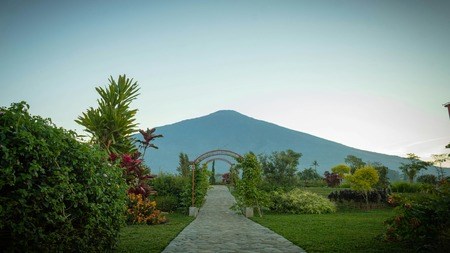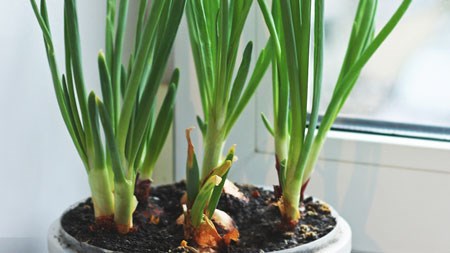The first thing that gardeners (or those thinking of starting one) in a Sectional Title estate or similar complex need to establish is what is and isn’t allowed in terms of gardening and/or the use of exterior pot plants. Many Sectional Title estates do not permit elaborate gardening, even in owner-exclusive use areas. Gardening is usually strictly forbidden on common property, primarily to preserve the aesthetic of the complex for all residents.
Difference between common property and exclusive use areas
- Common property includes areas owned collectively by all owners in the estate and is usually maintained by the Homeowners' Association (HOA), which may employ gardeners or use garden services.
- Exclusive use areas are technically part of the common property but are reserved for a specific owner or shared among two or more owners.
Many residents assume that placing container plants on balconies or patios is automatically permitted. However, this too is governed by the estate's rules. It’s always best for both owners and tenants to check with the HOA about what is and isn’t allowed or to apply for approval. Some rules may dictate the type or colour of pots used or require water-wise and indigenous plants only.
Why choose a container garden?
There are many compelling reasons to start a container garden, whether on common or exclusive use areas:
- Very little preparation is required.
- Easy to maintain, especially when it comes to watering.
- You can grow a wide variety of plants—from hardy to exotic.
- Containers can be aesthetically arranged by style and height.
- Great for small spaces that need a touch of greenery.
- They are portable—move them to catch more or less sun or take them with you if you relocate.
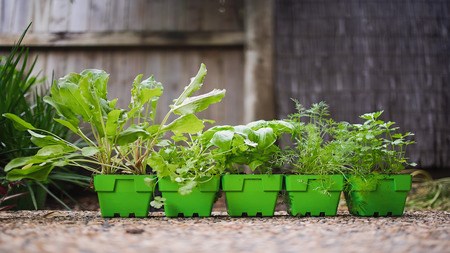
Theme or no theme?
Before choosing pots, decide what types of plants you want to grow, as different plants have different requirements. You might consider planting for wildlife, like bee-friendly gardens. Or, choose a theme: colour-based, indigenous plants, herbs, vegetables, flowering or non-flowering, or a combination.
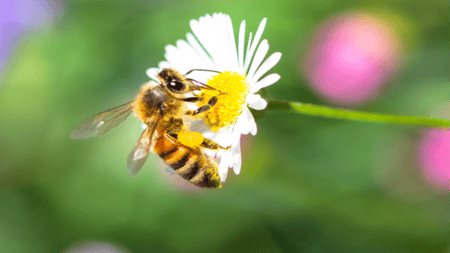
Plants that grow well in pots
Vegetables & herbs
Combining vegetables in one pot can be both attractive and practical. These combinations share similar weather and watering needs:
- Beans, carrots, and squash OR beans with onions and garlic
- Tomatoes, basil, and onions
- Mix of lettuce varieties
- Tomatoes with squash or potatoes
- Onions with peas and beans
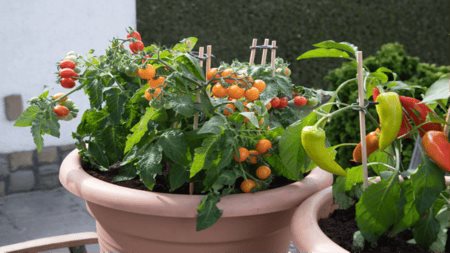
Read more about growing herbs and vegetables in containers.
Indigenous colour mix
For dramatic effect, choose bold-coloured indigenous plants. Consider their mature height and blooming patterns:
- Agapanthus
- Clivias
- Wild Iris
- Gazania
- African Daisy
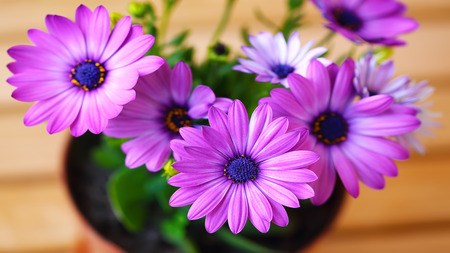
Succulents
Succulents are easy to grow, come in various colours and shapes, and mix well visually:
- Crassula
- Haworthia
- Portulaca
- Black Rose
- Stone Crop (Sedum)
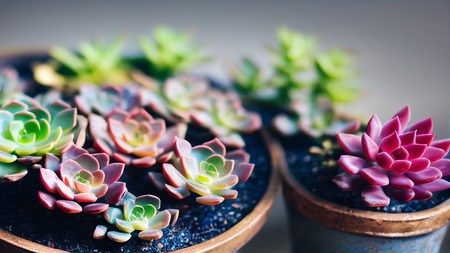
Cactus mix
Cacti are low-maintenance and ideal for balconies or patios with a trendy flair:
- Golden Barrel
- Fishbone
- Monkey Tail
- Feather Cactus
- Prickly Pear
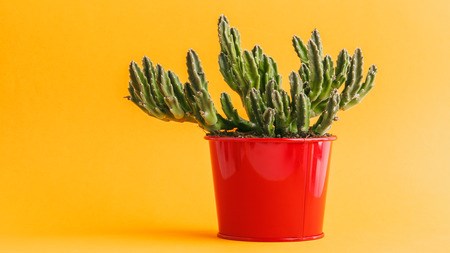
Types of pots
The type of pot matters just as much as the type of plant. Factors such as root depth, moisture retention, and durability all influence plant health. Here are common options:
- Ceramic pots: Glazed and heavy; great for retaining moisture—ideal for tropical plants.
- Plastic pots: Lightweight and affordable but less durable.
- Terracotta pots: Unglazed clay that absorbs moisture; affordable and easy to monitor water levels.
- Fibreglass pots: Lightweight and decorative, but not environmentally friendly.
- Concrete pots: Strong and supportive for larger plants but can crack over time.
- Wooden planters: Great for herbs and vegetables; weather-resistant but will deteriorate over time.
- Vertical gardens: Perfect for patios or balcony walls. Learn more about building them here.
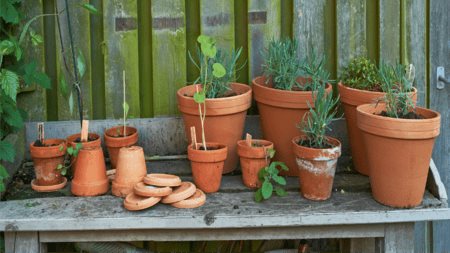
Ready to find your new space?
See what's on the market

